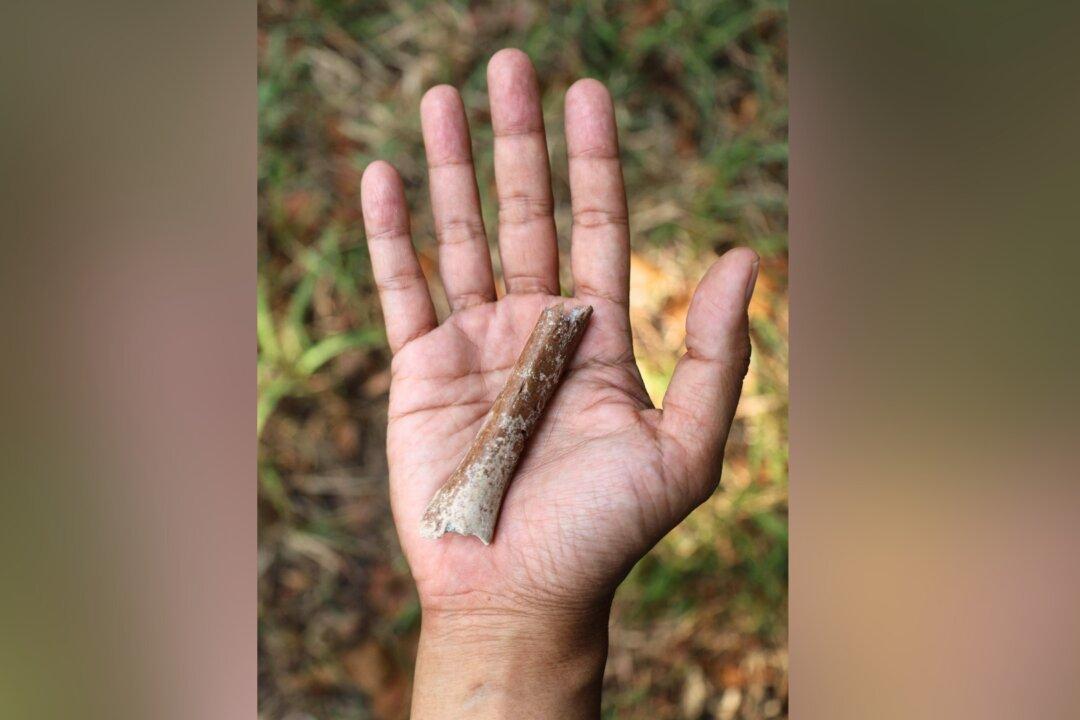WASHINGTON—Twenty years ago on an Indonesian island, scientists discovered fossils of an early human species that stood at about 3.5 feet (1.07 meters) tall—earning them the nickname “hobbits.”
Now a new study suggests ancestors of the hobbits were even slightly shorter.





